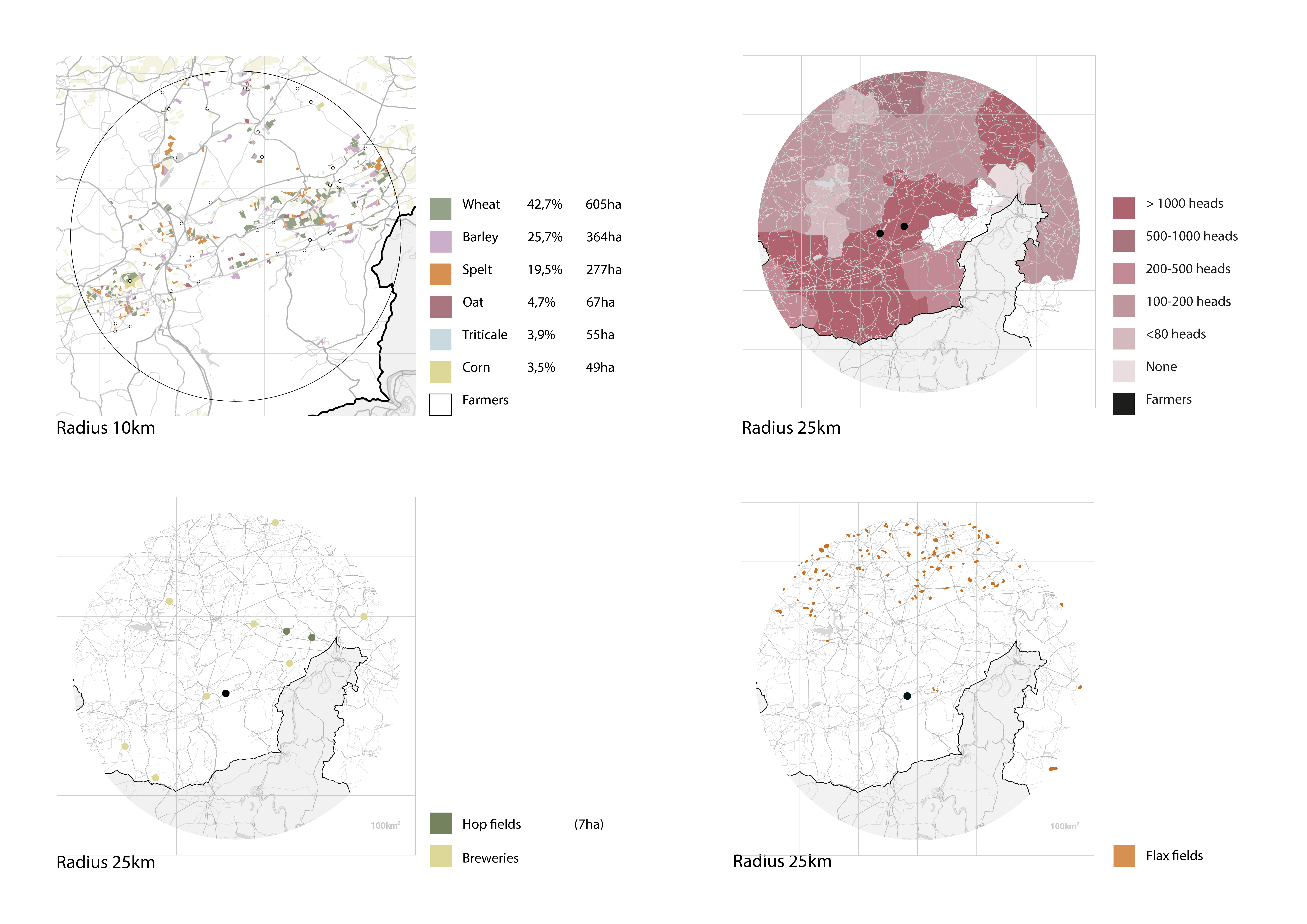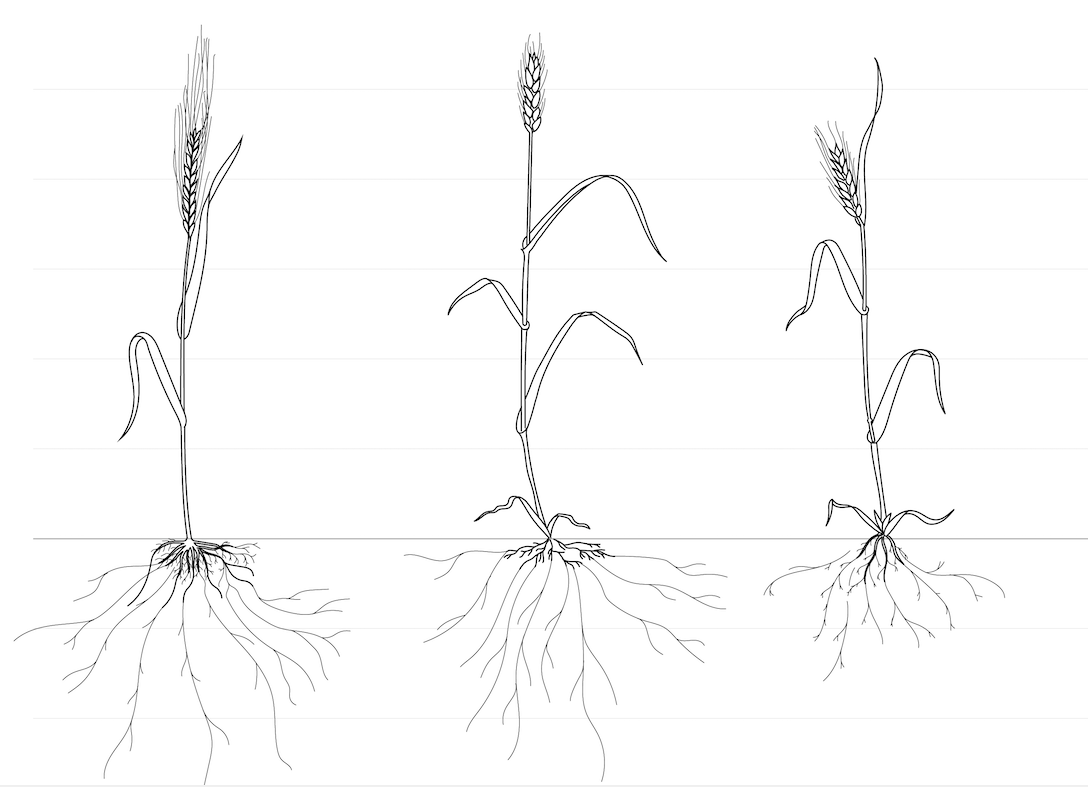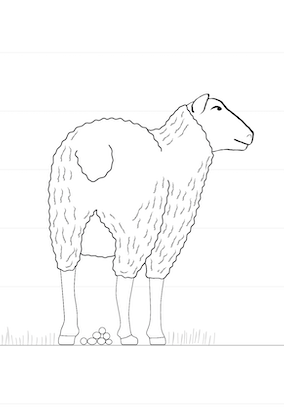Fibers Group
Anna Eppelmann - Christoph Güttl - Giorgia Ceccacci - Julien Burghgraeve - Luna Montebugnoli - Milena Canale - Nathan Schulte - Radhika Borromeo - Réka Fogarassy - Vinciane Gaudissart
The research into the use of natural fibers that could be applied in the renovation project of the tannery of Dourbes in Viroinval began by defining the fibers themselves, their main characteristics and the various existing types. In parallel, to respect the client’s request to work with materials from the area, we set out to seek local contacts that could support our research. More specifically, we contacted local farmers/breeders (to learn about the materials they use and the possible waste flows), companies in the region which are active in the reuse of resources and the promotion of sustainable production techniques, and public offices competent on the subject. This was followed by multiple site visits to get a closer look, obtain information and collect samples. Following this, the research focused on the study of all the most widely available fibers in the region, including both autochthonous and allochthonous, as well as cultivated and waste or weed fibers. Specifically, we delved into their characteristics and their cultivation and processing methods, with a focus on resource use and the generation of possible waste streams. Finally, we collected information on the possible (structural and non-structural) uses of these fibers in architecture, from historical techniques to more recent experiments.
![]()
![]()
![]()
Fiber Selection




Maps







